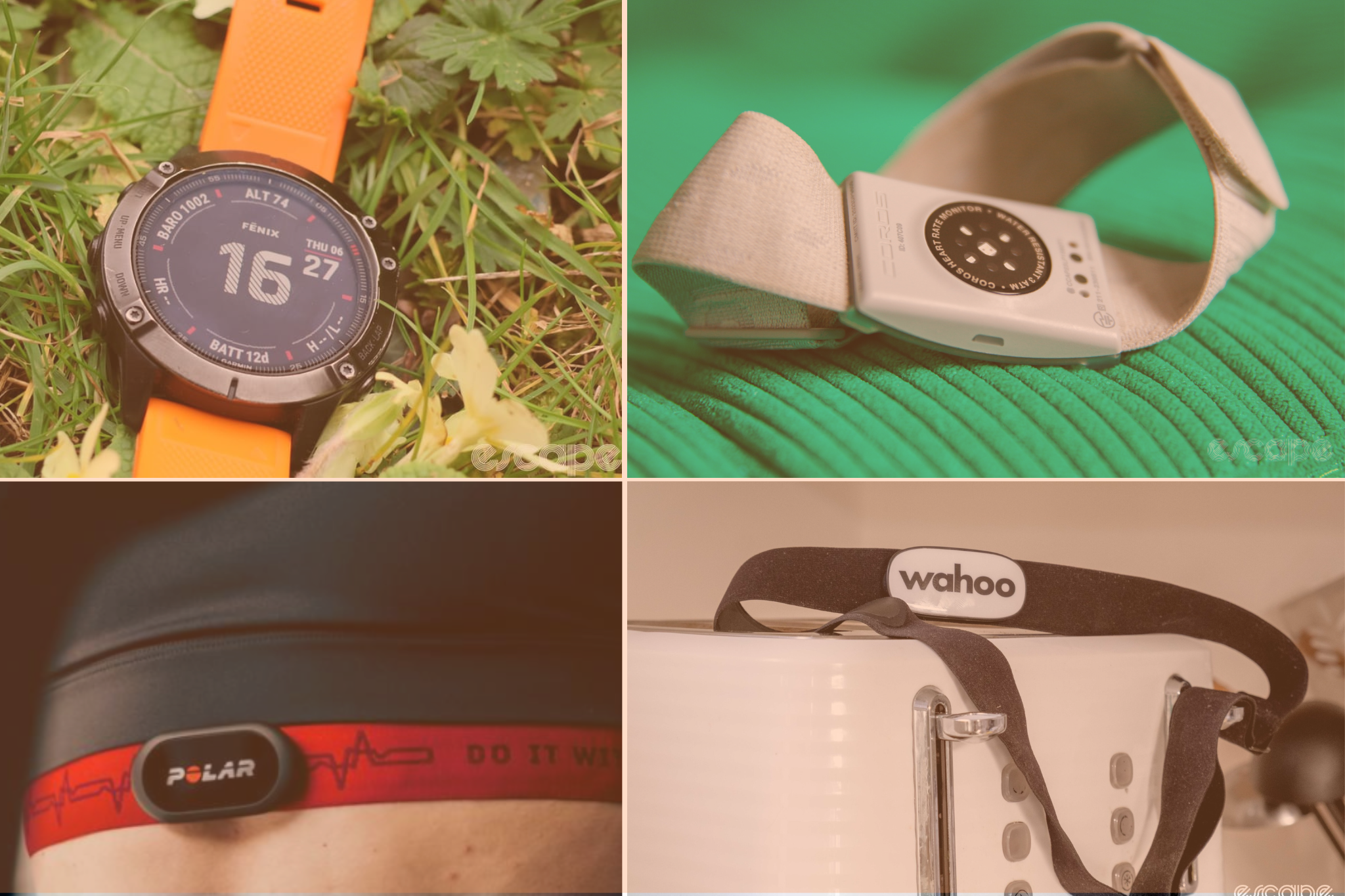Escape staff
Heart rate monitors are not a necessity in cycling – you can ride without one and never miss it. But if performance or training is something you consider doing, then a heart rate monitor is one of the cheapest means to measure your effort.
But like with saddles or helmets, not all heart rate monitors (HRMs) are the same. In fact, heart rate monitors can be notoriously badly built, with short product lifespan, poor fit, chafing, and patchy connectivity only being some of the issues many face with this product category. But, in this edition of Escape Collective Favourites, we decided to dive into the deep end and ask our team and you, our members, which heart rate monitors you actually use and like.
As always, we’ve also included a little context on what to look for, especially if you’re in the market for a new one or just want to know more about the different options. Turns out that yes, there are still a lot of us who opt to not even track heart rate.
If you missed earlier Favourites entries on helmets, bibs, snacks, and more, you can find those here.
What to look for in a heart rate monitor?
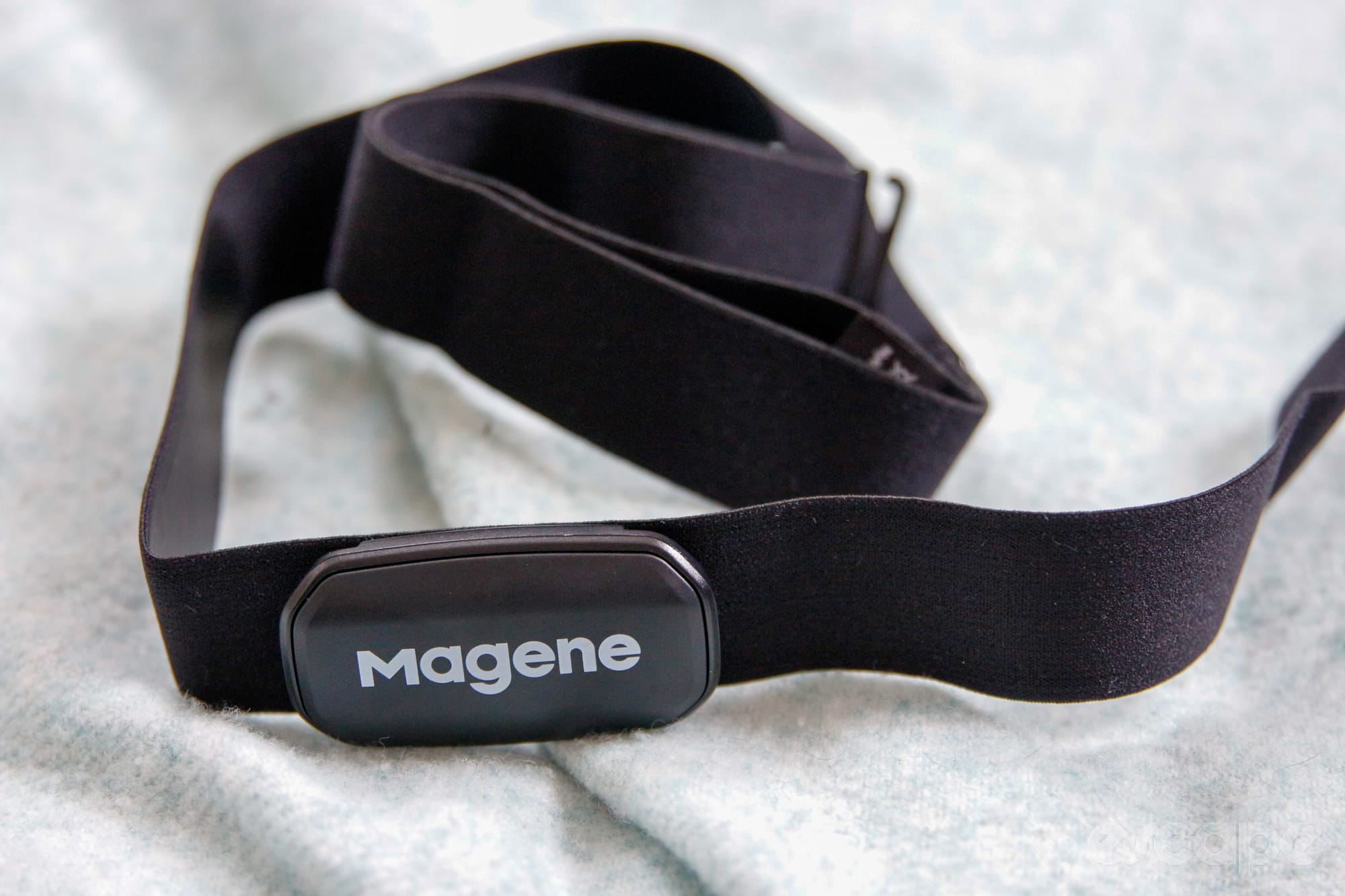
There is an increasing number of options to track pretty much every metric in our life, and when it comes to fitness, heart rate is perhaps the most commonly utilised performance metric. Whereas in the past you’d need to manually measure your pulse for a certain amount of time to figure out your heart rate, we now have a plethora of smart, digital devices that do all the measuring on our behalf.
The most common types of HRMs are chest straps and optical sensors – these could be watches or ever more commonly, arm bands. But then there are the more modern options, such as smart rings, and even headphones with a heart rate monitor built in. Which of these options is the best for you depends on what you want to track – overall stress and fatigue, specific efforts, or events.
After deciding how much of your daily heart rate variability you want to track, you need to find an option that fits you well. In terms of design, heart rate monitors have remained very similar for a good while now. The traditional chest-mounted monitors combine a stretchy, adjustable strap with a monitoring pod that also houses the battery in front of your body.
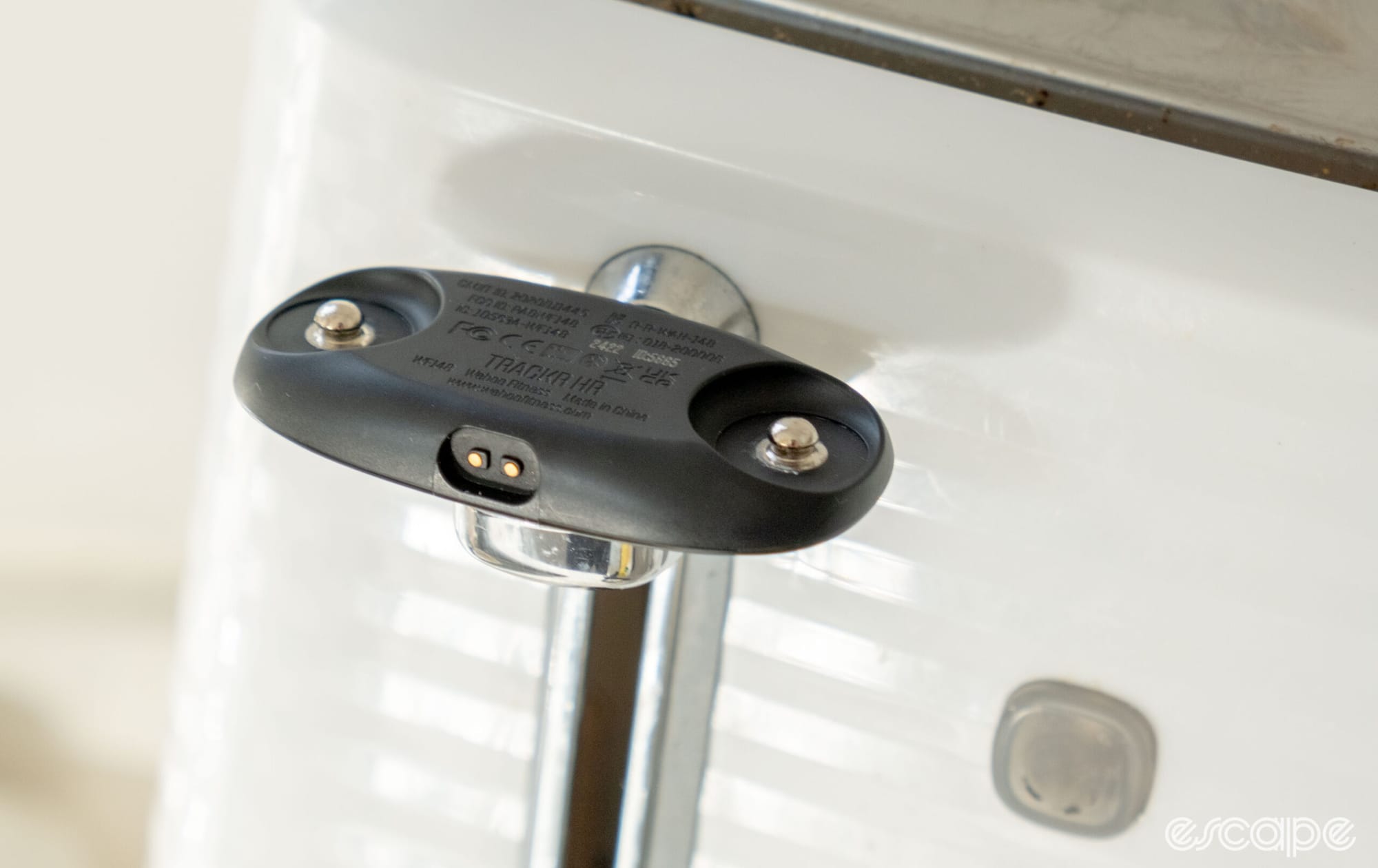
There are differences in how the straps are made, though. The closure systems vary from a hook to buttons you’d expect to see in jackets, to Velcro. Most straps have adjustability for a relatively wide range of chest circumferences, and in recent years, brands have started to introduce different sizes to better cater to people’s varied body shapes.
Arm bands, watches, and smart rings all rely on optical sensors instead, and thus have more varying designs. Rings are, well, rings, watches are watches, and most of the arm heart rate bands are similar to the chest ones – just smaller in size. Watches and rings are the best option if you’re looking to track your heart rate throughout the day, including heart rate variability (HRV).
Electrical vs optical heart rate sensor
While all heart rate monitors aim to do the same thing, they don’t work the same way. The main difference is in how they measure your heartbeat. Chest straps detect the electrical impulses of your heartbeat, the same type of signal an ECG (electrocardiogram) machine uses, whereas optical sensors measure blood flow using light.
These two technologies are different in method, but also in comfort, convenience, and how well they work in real-world riding.
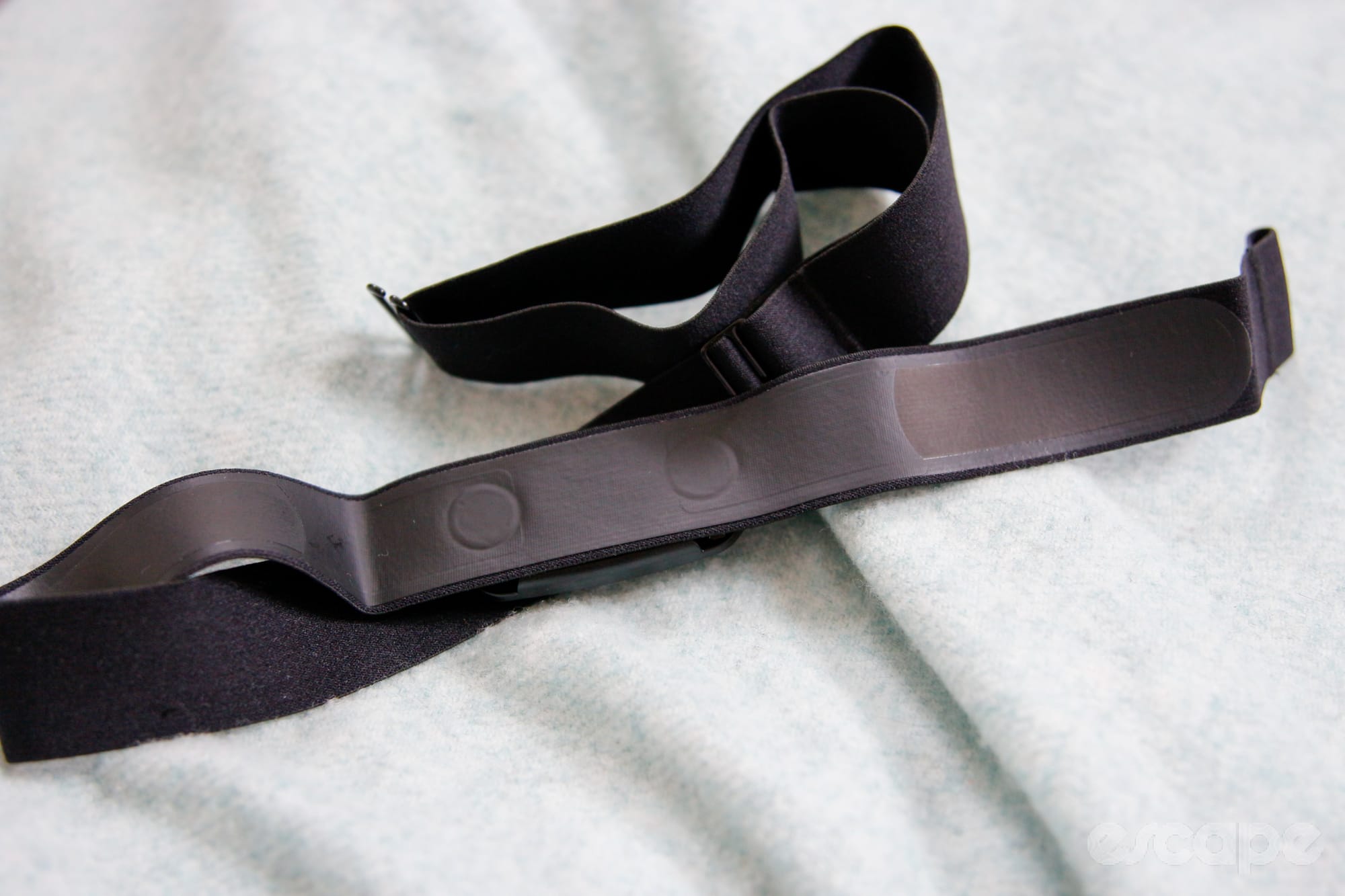
Chest straps have long been the go-to for accurate heart rate data, particularly when effort levels change quickly. Because they’re reading the heart’s electrical activity directly, there’s very little delay between effort and what shows up on your device. We should note that by “delay” we mean how fast the actual change in your heart rate shows up on your device readout; changes in workout intensity are instantly reflected in power output, but changes in heart rate always lag slightly, no matter the sensing method. Still, for intervals, sprinting, or riding on rough terrain where your cadence or upper body movement increases, a chest strap remains the most reliable option.
That reliability does come with trade-offs: fit, comfort, and maintenance. Some riders, especially those with smaller frames or who wear sports bras, find chest straps hard to position securely or comfortably, and many straps need to be properly moistened before they’ll register a signal at all. These straps also tend to wear out over time, especially if not rinsed regularly after sweaty rides. And because of the placement of the strap, they’re likely going to get sweaty on every single ride.
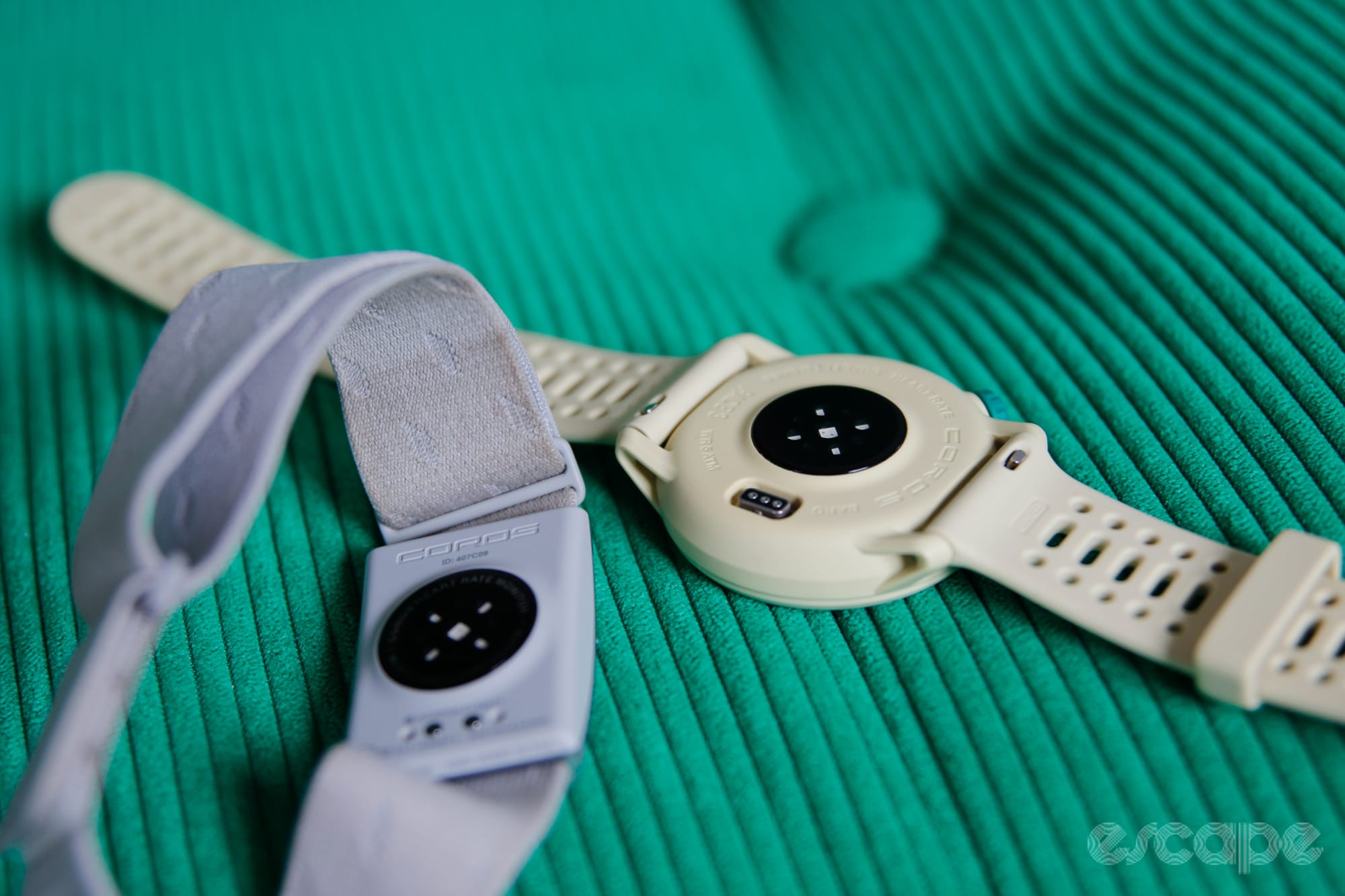
Optical sensors, found in watches or armbands, take a different approach. They use light (usually green or red LEDs) to track the pulsing of blood under the skin – a method known as photoplethysmography, or PPG. The convenience here is obvious: there’s no extra strap to deal with, and if you’re already wearing a sports watch with a PPG sensor, job done.
Optical sensors are generally less finicky and more comfortable, especially in warm weather or on long rides. But they’re not without flaws. Sudden spikes in effort, like an out-of-the-saddle acceleration, can cause a delay in the data. Movement, vibration, and even skin tone or tattoos can affect how well the sensor reads. They tend to work best in steady-state efforts and recovery rides, or when worn on the upper arm, where motion artifacts are reduced.
If your training depends on precise zones or rapid feedback, a chest strap is still hard to beat. But for riders who value simplicity, who don’t want another strap to deal with, or who have struggled with comfort or fit, an optical sensor – particularly an armband model like Polar’s Verity Sense or Coros’ HR band, can be a solid alternative. Some riders even combine the two: using a chest strap for hard sessions or races, and switching to an optical sensor for everything else.
Performance aspects to consider
Most chest strap units are fairly comparable in basic performance – they all measure heart rate, though their accuracy varies. Some units have the added capability of storing the data – meaning you don’t need to connect the strap to another device during your activity, which can be useful for example when swimming.
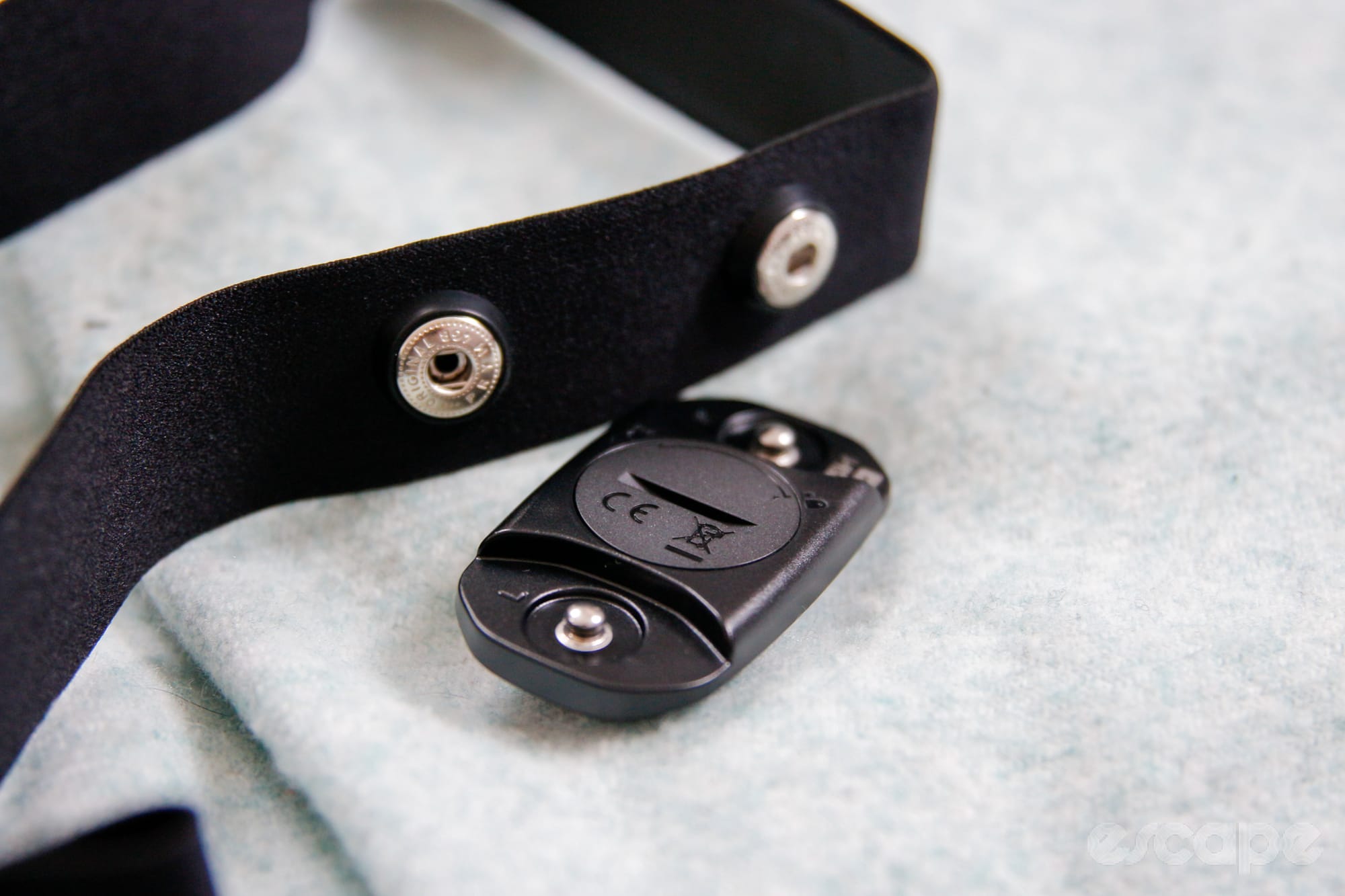
Battery life is something to consider with heart rate monitors, too. Chest straps tend to use coin cells that last months; optical units are often rechargeable and last anywhere from a few days to a couple of weeks, depending on usage. There are increasing number of rechargeable chest strap options available, too, for example the Wahoo Trackr and Garmin HRM 600.
Lastly, connectivity. Most heart rate monitors are cross-compatible across different brands and systems, but it’s worth double-checking if the monitor works with your watch, cycling computer and indoor trainer. Newer sensors tend to offer dual Bluetooth/ANT+ support and better resistance to interference.
Other ways to track heart rate
As you’ll see in our favourite picks, it’s okay to choose not to ride with a heart rate monitor – and Dave is not alone in our team in saying that he chooses to not wear one. Tracking your heart rate is not a necessity, and if you want to occasionally measure it, you can also use your smart phone to do so, or wear a fitness watch, a ring, or even headphones (such as these Beats) that measure your heart rate.
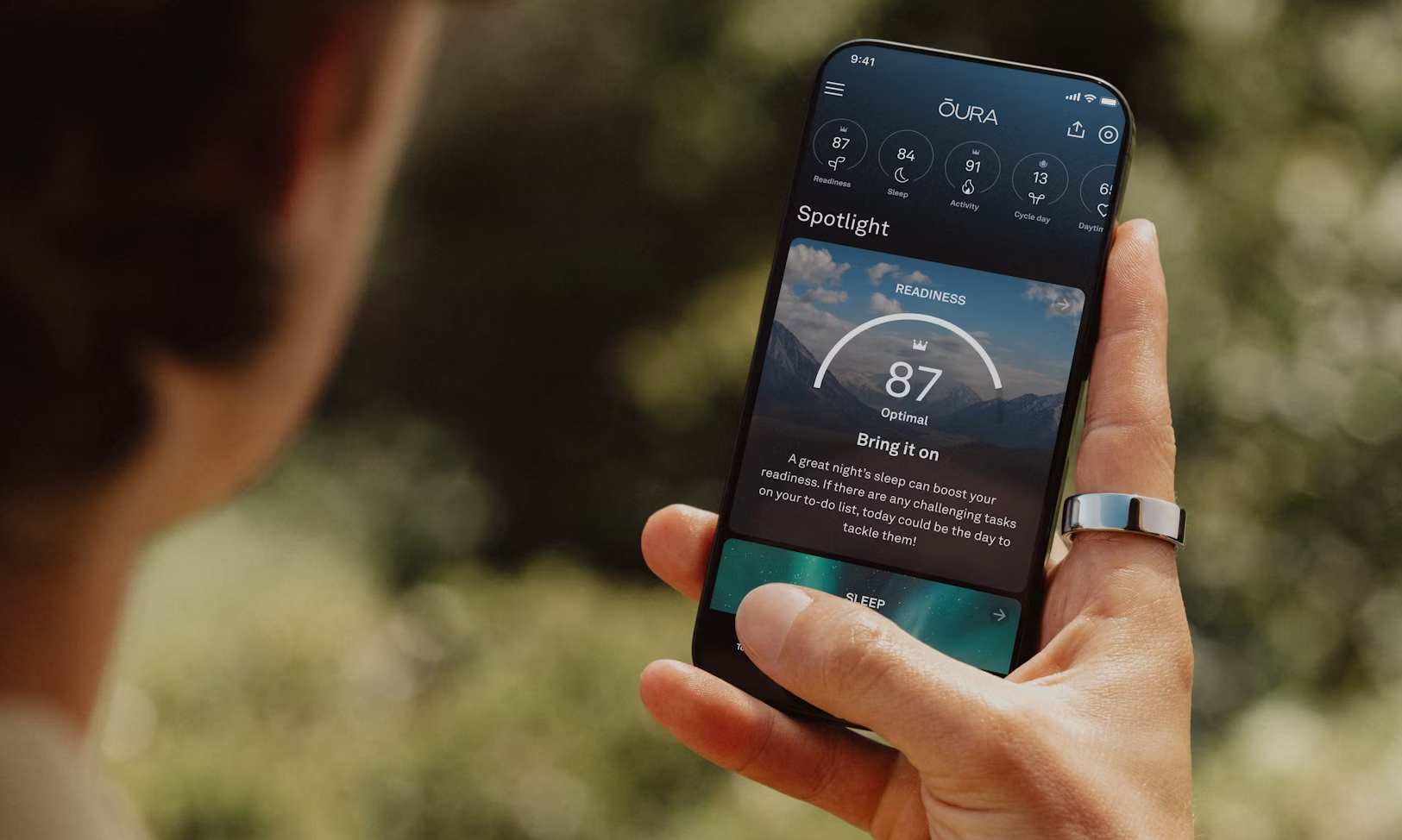
When it comes to measuring performance and effort, for cycling, the best choice is a power meter. This measures only your effort, and eliminates the external factors – such as you talking to a friend, getting excited about seeing a cute dog on the side of the street, or even headwind. Arguably, holding to 150W is a lot easier than trying to maintain a steady heart rate of 150 beats per minute.
Team favourites
Did we do a good job with this story?
